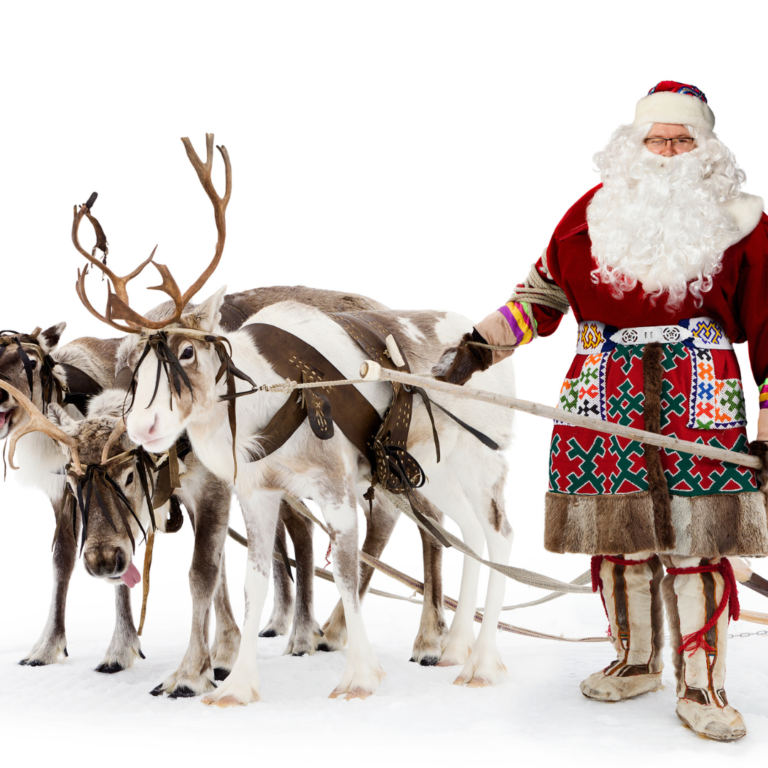He would require such powerful power and the consumption of so much fuel that the trip would be extremely expensive to begin with.
Have you ever wondered what Santa would actually have to do to reach all the children’s homes in the world? How fast should the famous sleigh travel to deliver so many gifts on time? A group of physics students from the University of Leicester did the math. In order to achieve such a feat, Santa Claus would have to maintain a constant rhythm based on the speed of light of 0.5%. That is, 6,213,711 miles per hour or 10 million kilometers in 60 minutes.
Would that be possible for someone trained by matter? Dr. Katy Sheen, a physicist at the University of Exeter in the United Kingdom, used Albert Einstein’s theory of relativity to also analyze speed and explain that, for the moment, children will never be able to see Santa. in the same night.
The calculation is based on 700 million children who inhabit the world in all the countries on Earth that must be visited within a period of 31 hours (if the changes in time zones that exist on the different continents are taken into account).
The speed to which the beloved character would be subjected would be so immense that it would change his color, to begin with. This is called the Doppler effect and it transforms the hue of light waves bouncing at such high speeds from red to green (almost like the Grinch). But there is much more, Santa would disappear.

“Some strange things happen when someone starts traveling so fast. First, time would slow down. Second, Santa Claus would get crushed, which means he can fit into a chimney more easily,” the physicist clarified with amusement.
At the end, Sheen concluded with a second theory: “For Santa to be able to fly so fast, it takes a lot of energy. How does he manage to reach those phenomenal speeds? Well, that’s magic, but it would certainly need a lot of fuel.”
But there is something that Santa has achieved. Without much speed or fuel he has been able to travel through the centuries, in the cultural ideology of an entire planet. And, closer in time, it has managed to move through a global network that connects the planet with underground cables and satellites: the Internet.

The story of the first car race in Paris: a historic hit in 1894
Paris stands not only as a cultural and artistic epicenter but also as a pioneer in car racing In the history of automotive racing, Paris

Top states for driving in the United States in 2024
A WalletHub study compared all 50 states to determine the best driving conditions Road safety and quality are central concerns for drivers. And while the

Briefs: marijuana reclassification, vehicle fees, and climate grants
The trucking industry goes through new legislation, taxes and subsidies Questions about the proposed reclassification of marijuana The Owner-Operator Independent Drivers Association (OOIDA) supports the

Impact of traffic pollution: study reveals increase in blood pressure
A study from the University of Washington in Seattle reveals that the main cause of significant increases in blood pressure might be traffic-related gasses A

The benefits and careers of a Commercial Driver’s License
Having a CDL opens multiple doors within the trucking and transportation industry Having a Commercial Driver’s License (CDL) opens multiple doors within the trucking industry,

Sharing the road with a truck: steps to ensure your safety
Caution around blind spots and anticipating truck maneuvers are essential to ensuring everyone’s safety Truck drivers face significant challenges on the road due to their
